Greenland is an island with 18 cities and about 60 settlements. Taking into account its size, you can safely say that this is the most sparsely populated island on the face of the earth. The largest cities, such as Nuuk (15,000 inhabitants) or Ilulissat (5,000 inhabitants), are brimming over with life. And here the civilization is literally everywhere: roads with cars, several supermarkets, even cinemas. But in the settlements the situation is completely different. Settlements are situated at great distances from each other, and between them there is no connection other than by air (in Greenland there are no roads at all, you can only travel within the city). Due to very complicated communication, life in the small settlements is little or no different to the one that the local tribes lived 3,000 years ago.
Life in the Settlements of Greenland
Life in the harsh arctic natural conditions is already a challenge in itself. Permanent residence among the eternal ice has hardened the local population, making it more enduring than any other European nation, who lives among the blessings of civilization. The Inuit Greenlanders in the settlements live cut off from the whole world, and they are engaged in the trades known to their ancestors. These include fishing, hunting whales, seals, walruses, reindeer and breeding dogs.
The soil of Greenland is mostly not suitable for agriculture, although in its eastern part there are some areas where it is possible to farm. However, 90% of its territory is under the Greenland’s ice sheet, which excludes any possibility of growing anything there.
Taking into account the distance between settlements, goods are delivered by ferries, which come once or twice a month. The Inuit living in the settlements get almost all their food themselves. And they do it masterfully, because such valuable knowledge is passed on from generation to generation. It was the Eskimos Greenlanders, who first invented the whaling harpoon, “igloo” snow house, and amazing “kayak” boat made of sealskin.
Ilimanaq
While staying in Ilulissat, we could not refuse the opportunity to visit the settlement, where the number of inhabitants is less than on one floor of our apartment building.
Ilimanaq was officially founded in 1741, and it is the smallest settlement in the Disko Bay. Its name translated from Greenlandic means “Place of Expectations”. It is located about 15 km to the south of the city of Ilulissat, however, to reach it by water in summer it will take a 1.5-hour sail to the south of the Ilulissat Fjord, which is included in the UNESCO heritage list due to the incredible number of icebergs. In winter, when the ice locks the entire coastal zone and open sea, the settlement can only be reached by helicopter, serviced by Air Greenland.
We sailed to Ilimanaq on a small boat, which was additionally loaded with lots of food, building materials and even some equipment. At first, it looked very strange, but later I realized that in conditions of such complicated logistics any chance to deliver goods and food to such sparsely populated areas is used. Therefore, any boat that goes from Ilulissat to Ilimanaq will be loaded with everything necessary for people’s life.
Church
According to different data from 30 to 60 people live in the settlement, but at the time of our arrival there were 39 people, including builders who were engaged in construction. Interestingly, in every such settlement, regardless of the number of people living there, there is always a church. Greenlanders practice Lutheranism, but people of all faiths can come to the service, no one will be expelled for it. The doors of the church are always open, even when there is no one there. We entered without any problems and got warm in the church, and our guide even remembered how he had worked as an assistant priest in the church of Ilulissat, sat down at the piano and played us a short, but pleasant melody.
School
If there are children in the settlement, then there will always be a kindergarten. It is also a junior school, and it accepts all children up to the age of 12. As a rule, only one “universal” teacher-tutor works there, who deals with children of different ages. In Ilimanaq about 3-4 children go to the kindergarten school. After 12 years, if parents want a child to continue their education, they send him/her to the nearby major city of Ilulissat and he/she studies and lives there without their parents. All costs for relocation, accommodation and food are covered by the state.
Hospital
I was mostly concerned about the issue of medicine and emergency care in such desolate places. As it turned out, to get these services you again need to get to Ilulissat, as in the settlement there is no pharmacy or doctor. In case of emergency, a helicopter is urgently called, which acts as an “ambulance” and takes a person to a hospital in the city. All costs for calling a helicopter are covered by insurance, which is available to all residents of Greenland, who pay taxes. And if there is a need for medicines, you should order them and wait for the next boat with tourists or motor boat. In summer there is no problem with the connection – due to the increased tourist interest the boats go quite often. But in winter it is difficult. However, apparently, Inuit are not prone to such frequent cold-related diseases as Europeans, so they do not need medicines as often as we do.
Grocery Store
There is a store, but we could not visit it because it was closed on Sunday. However, according to the guide, the choice here is extremely small. Food includes cereals, frozen foods in refrigerators, sweet water, dog food, diapers, detergents. There are only the essentials necessary for life here.
Tourism
Due to the steady flow of tourists, who are looking for complete privacy in the remote lands of Greenland, several cottages have been built in Ilimanaq, which in summer accept all visitors. Seasonality of living is very limited here – from June to the end of August, but this is what makes the settlement so desirable for recreation. Here you completely “disconnect” from the city bustle and noise. Nothing will distract you from the pleasure of being alone with nature. The construction of these buildings was carried out in the distant 1778, and they were intended for the exchange of goods between whalers and hunters. Now the complex includes several houses and a restaurant. That is all you need for a complete rest here. You can entertain yourself with endless walks deep into the island to ancient burials. You can swim by boat to the unique abandoned settlement of Qajaa, which was previously inaccessible for visiting. On its territory, there are the remains of local tribes, which are more than 3,500 years old. You can also trek deep into the Ilulissat Fjord. In general, if you are lucky to book a few days in the cottage of Ilimanaq, you will not be bored. I say “lucky” for a reason – the rooms in the cottages are sold out a year in advance, so you need to put a great deal of effort to get here.
During 1-hour stay in this settlement we walked from its beginning to its end and back. As in other settlements located beyond the Arctic Circle, everywhere there are sled dogs that help survive and serve as transportation. There are Internet and telecommunication here, which makes this area not so wild. All locals are well informed about all the events in the world. But what is the most surprising is that the people living in Ilimanaq do not want to leave it for big cities. On the contrary, they make efforts to develop their little “nook” and make the tourists come. Apparently, they are doing quite well! And we are sailing further, towards incredible icebergs.

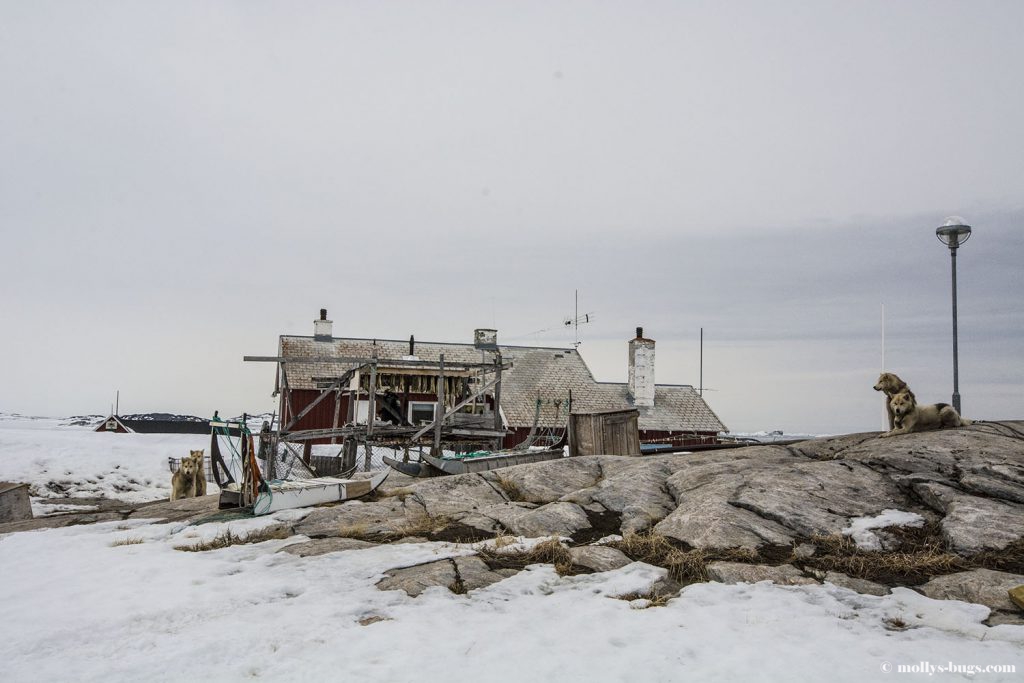
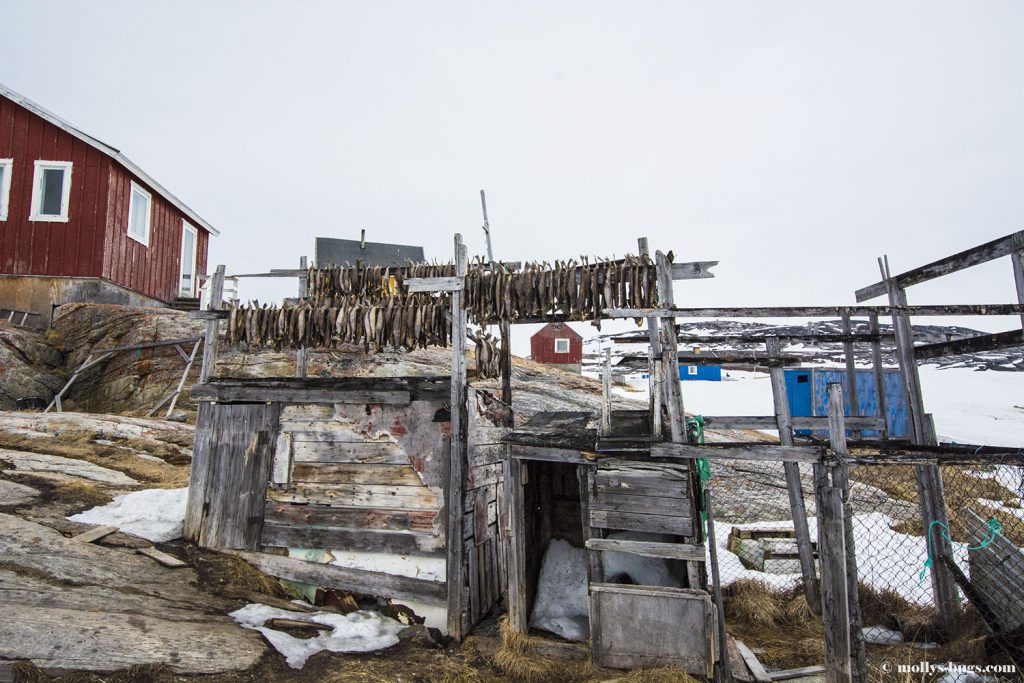
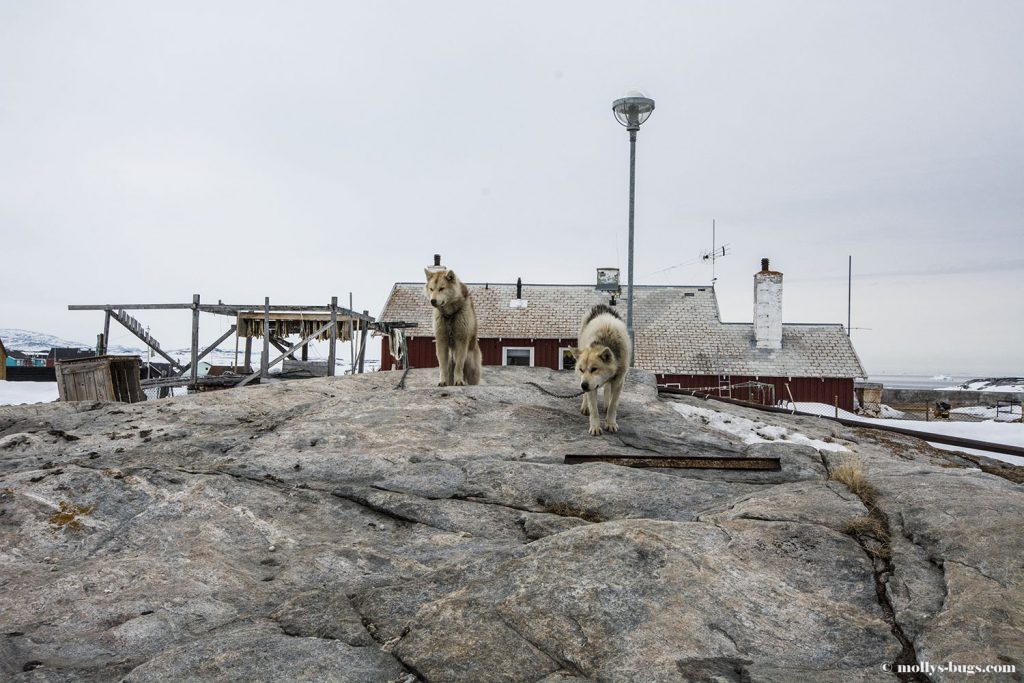
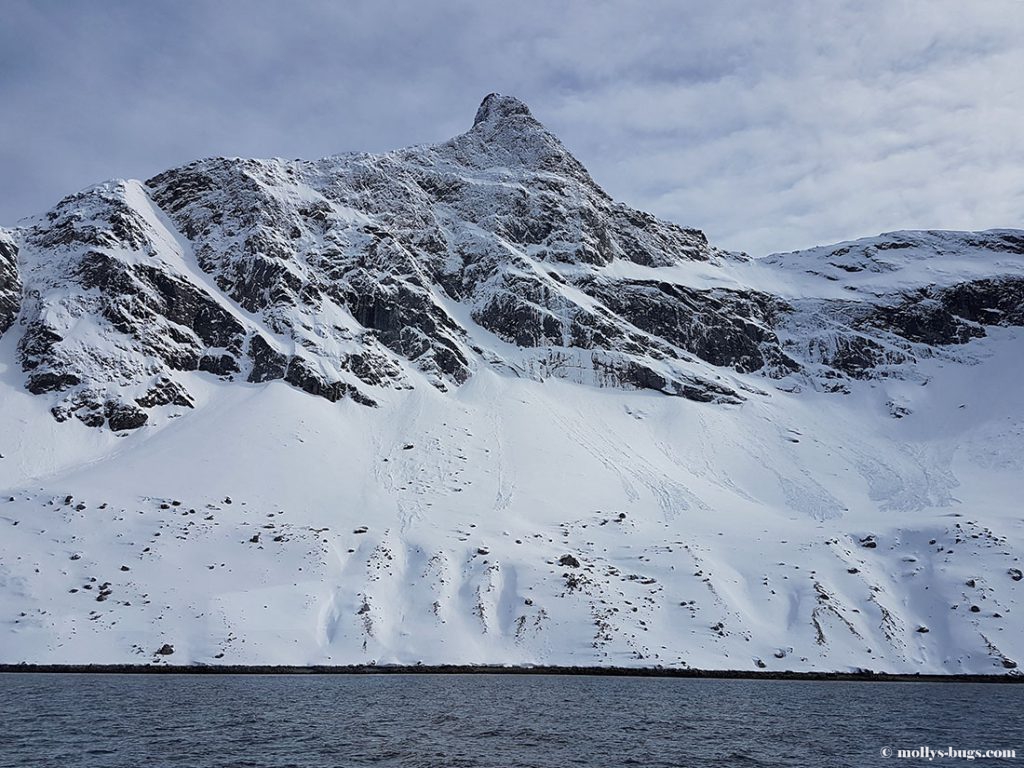
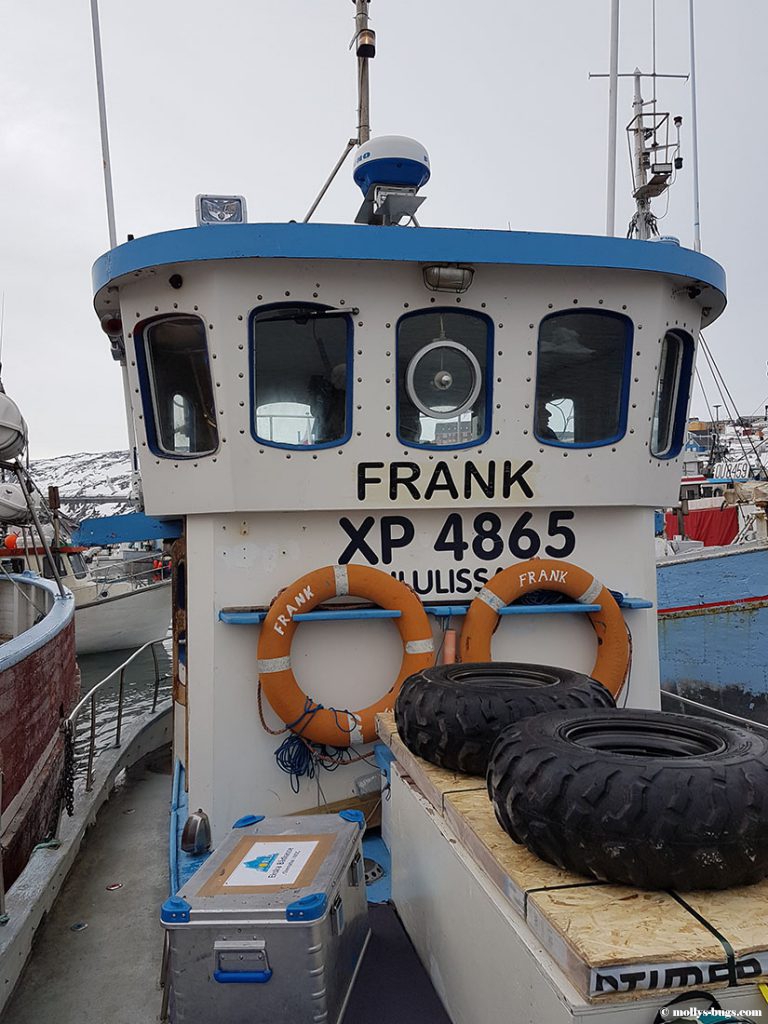
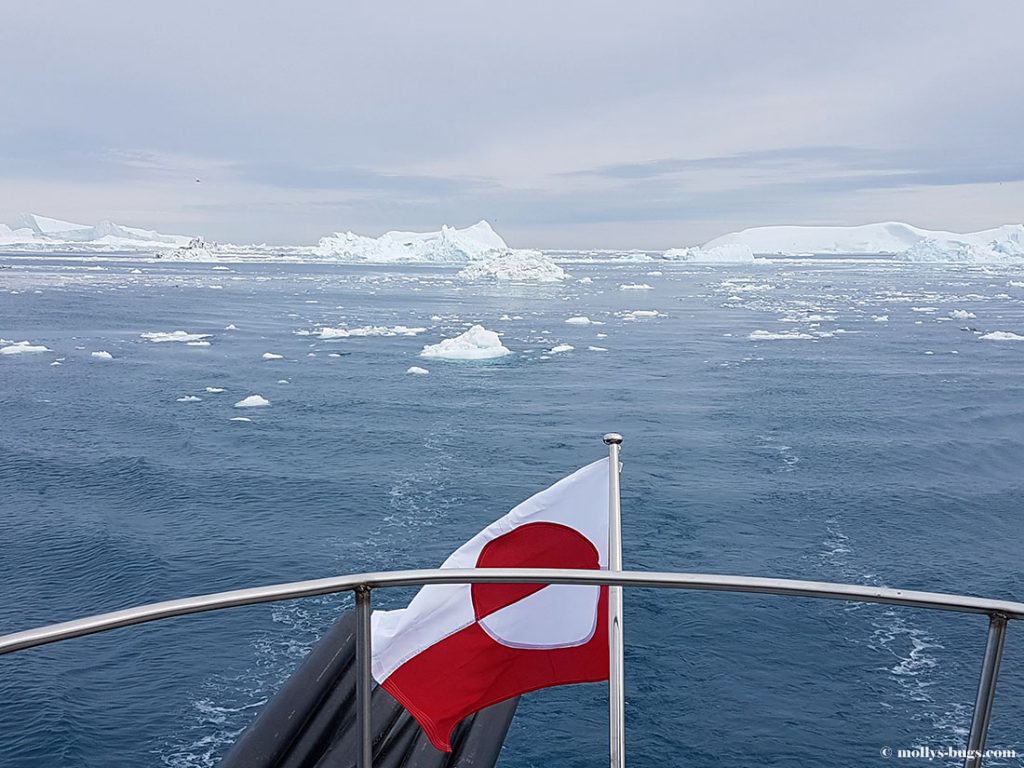
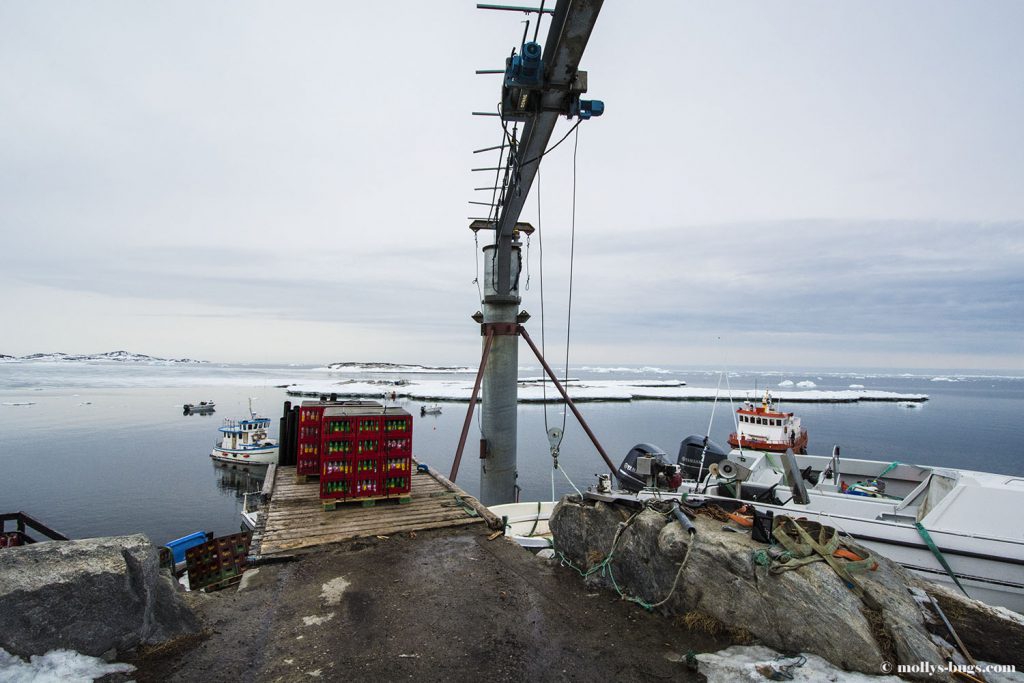
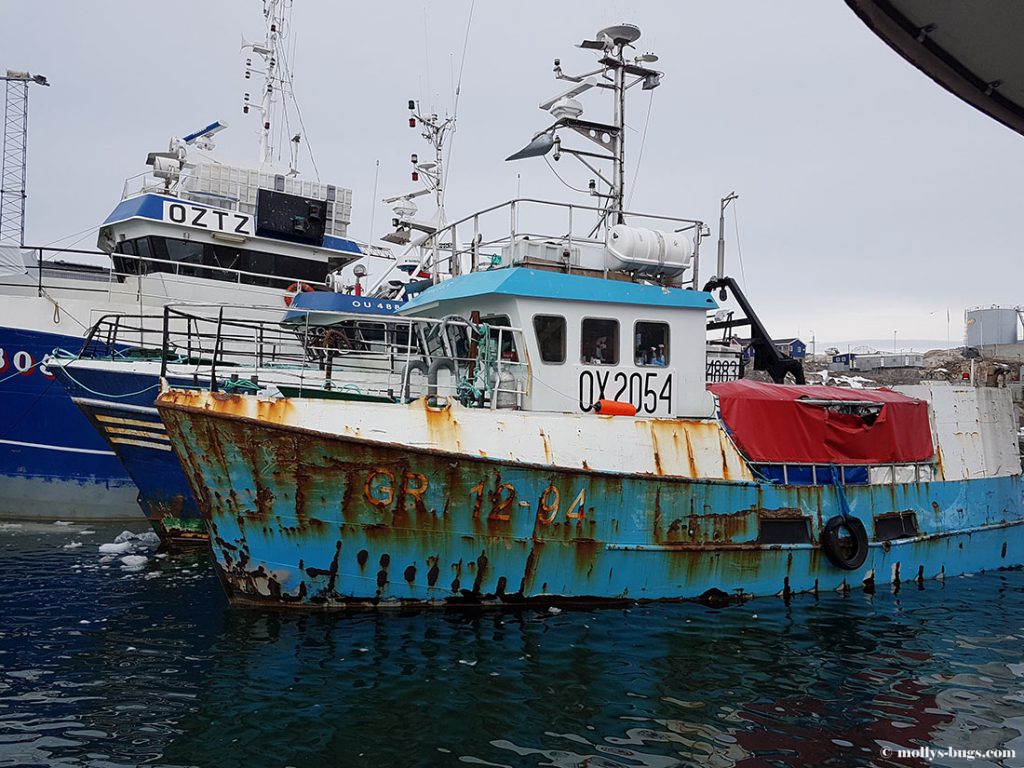
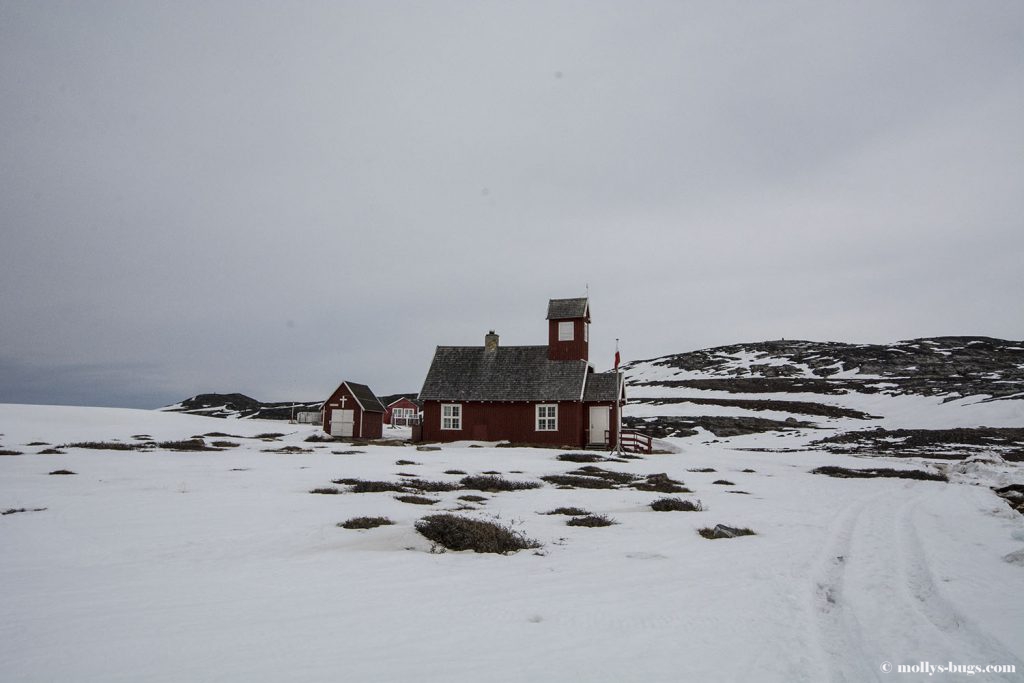
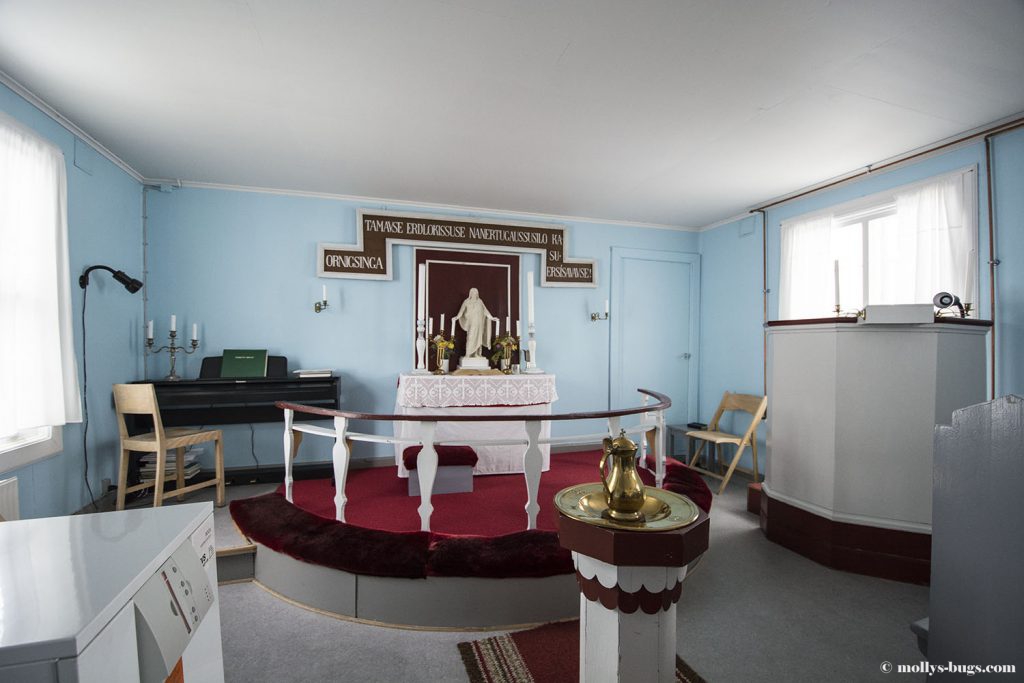
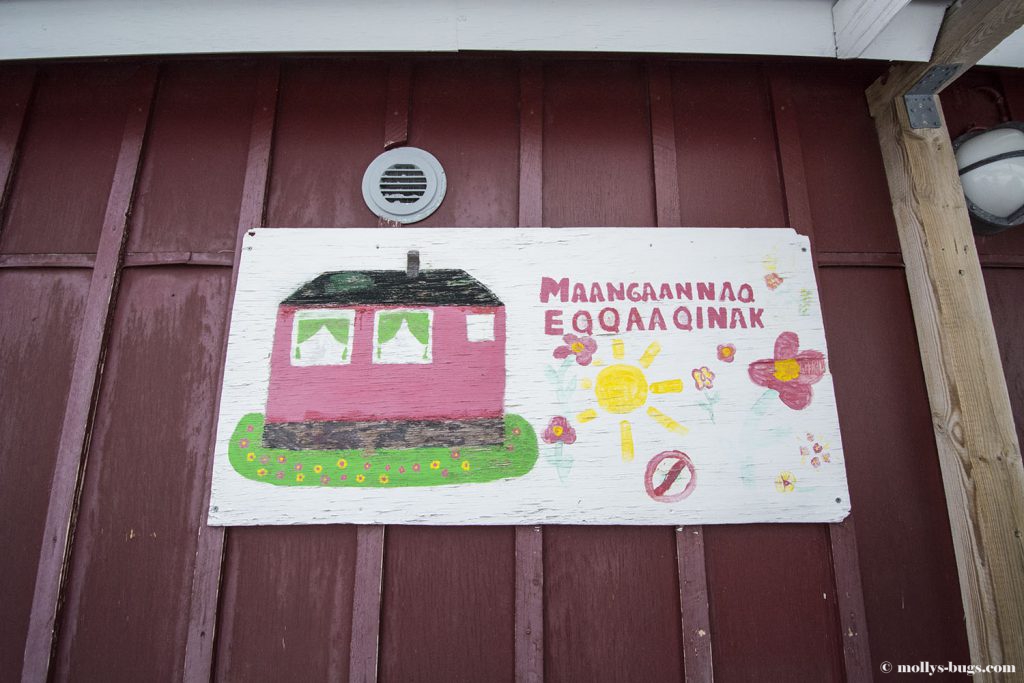
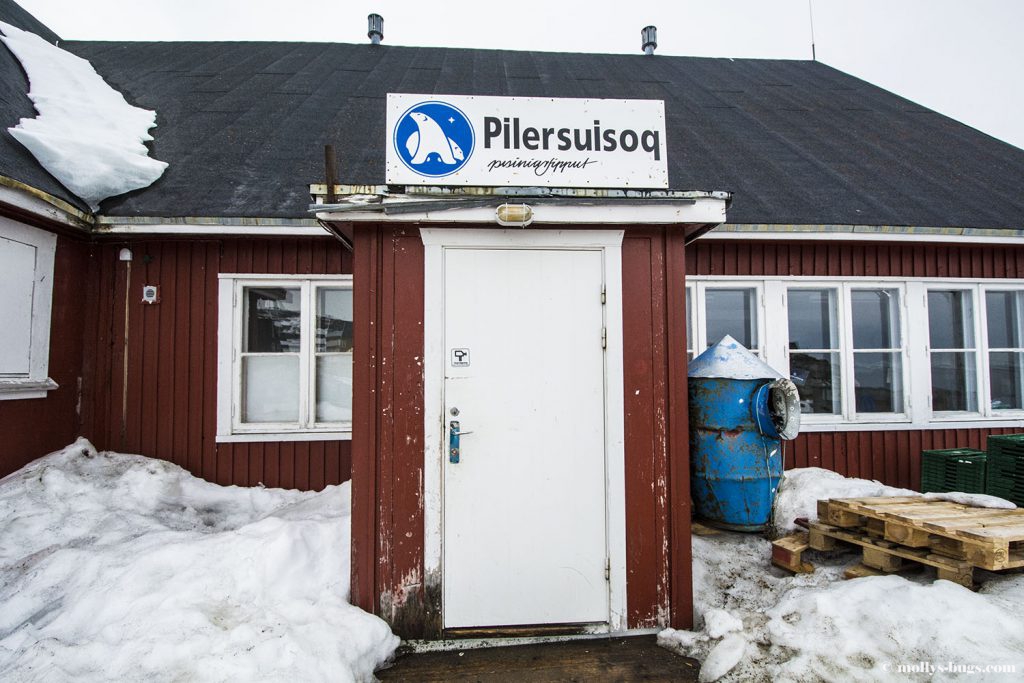
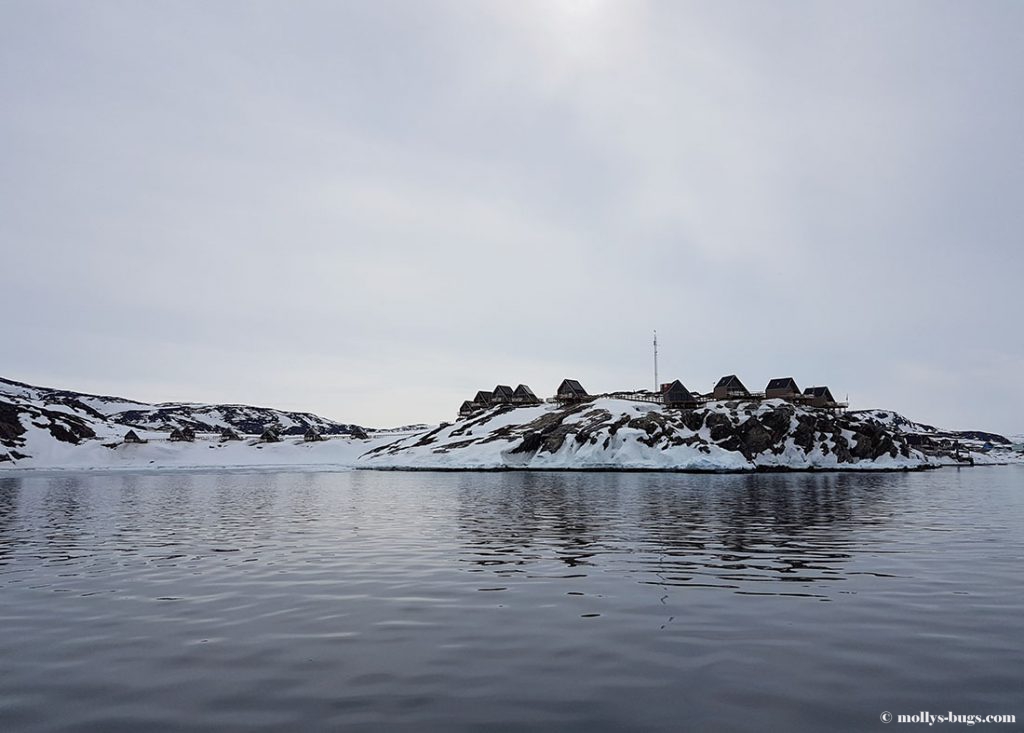
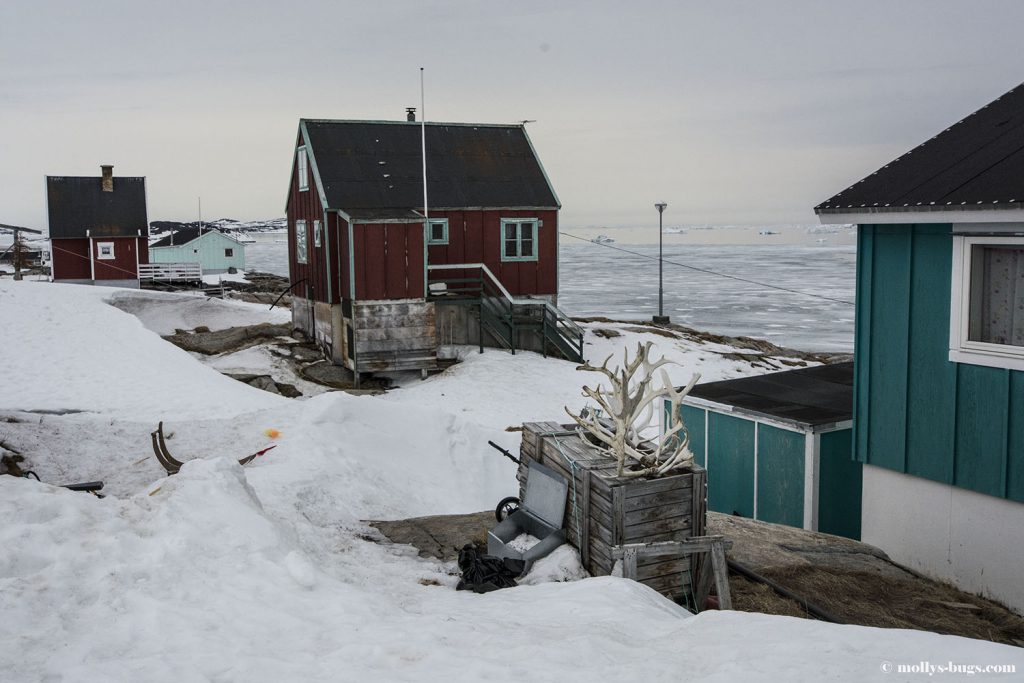
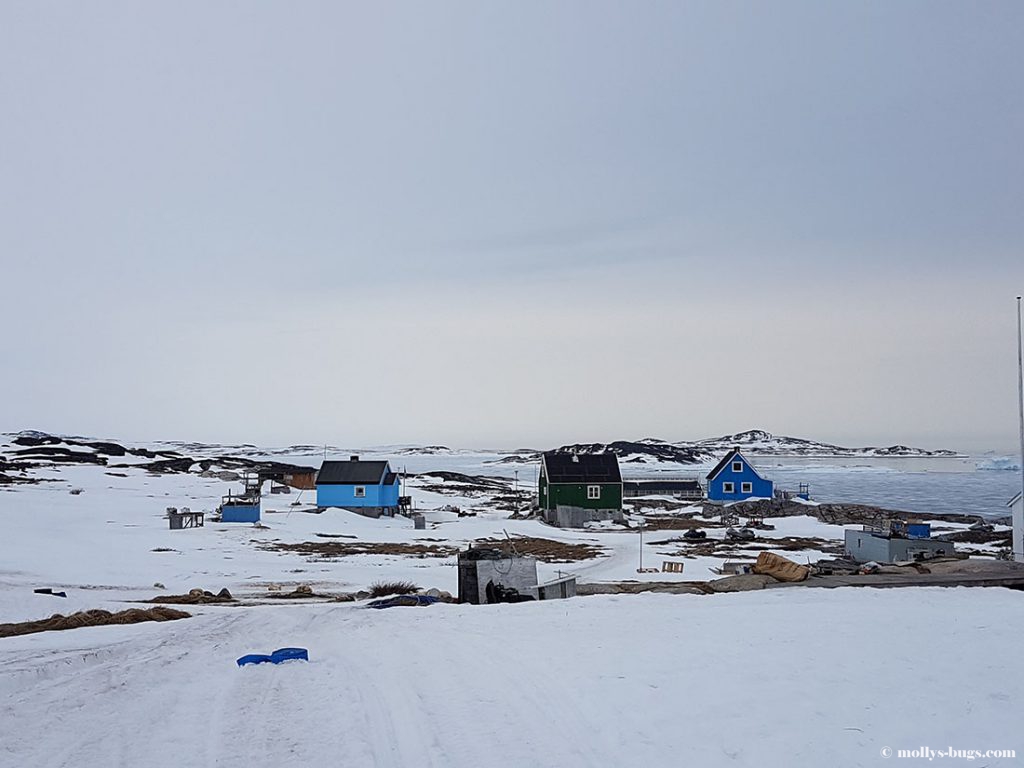
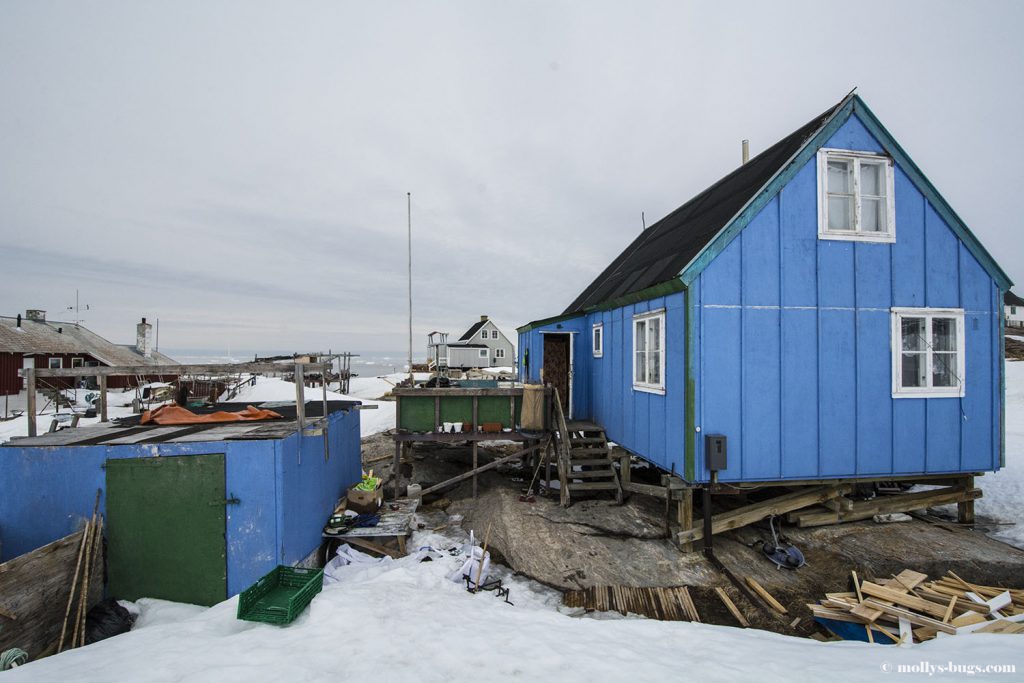
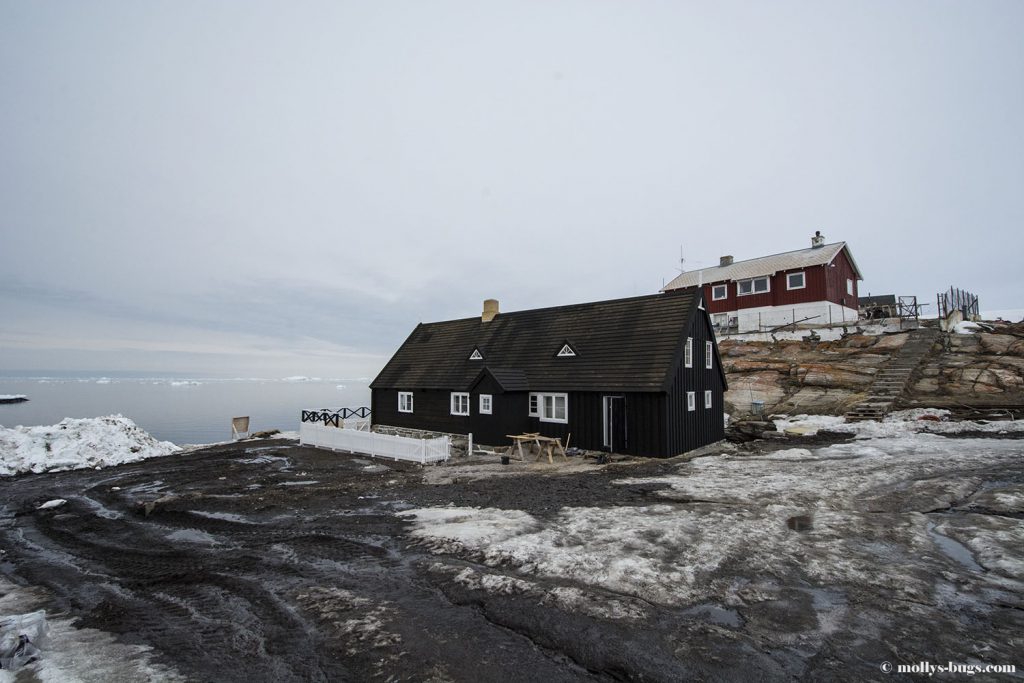
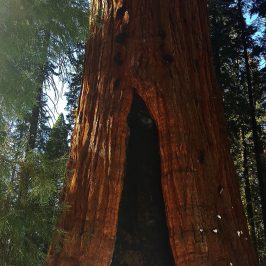
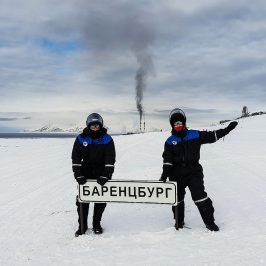
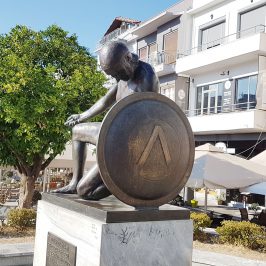
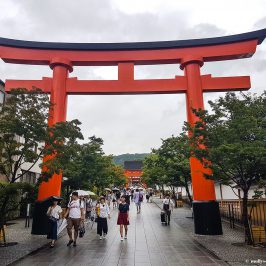

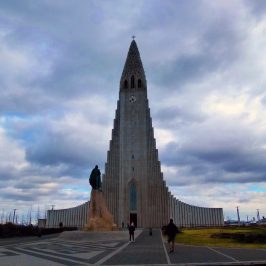
Leave a Reply